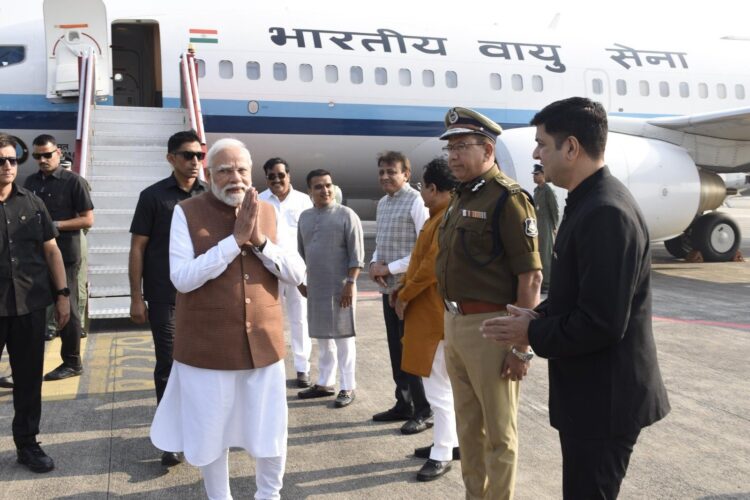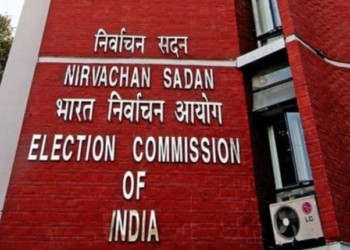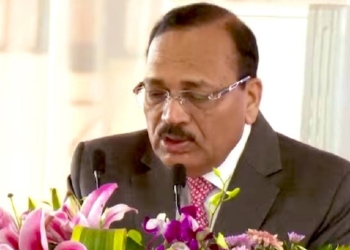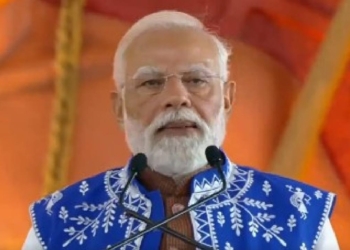Surat: Prime Minister Narendra Modi on Saturday undertook a detailed review of the Mumbai–Ahmedabad High-Speed Rail (MAHSR) project during his visit to Gujarat, marking a key moment in India’s push towards next-generation transport infrastructure.
Arriving at Surat International Airport on Saturday morning, the Prime Minister proceeded by helicopter to Antroli, where the under-construction Surat Bullet Train Station — one of the flagship stations of the corridor — is taking shape.
During the visit, the Prime Minister inspected the Surat station — a structure inspired by the city’s globally renowned diamond industry.
With a height of 26.3 metres and a built-up area of 58,352 sq.mt, the station includes three levels: The ground floor for parking and security checks, the concourse level for lounges, restrooms, kiosks and ticketing, and the platform level for passenger boarding.
While structural work is complete, finishing touches such as interiors and station amenities are currently underway. Track works, including RC track-bed construction and temporary track installation, have also been completed at the site.
The visit focussed on assessing the progress of India’s first Bullet Train project, spanning 508 kms between Mumbai and Ahmedabad. Of this, 352 km lies in Gujarat and Dadra & Nagar Haveli, and 156 km in Maharashtra.
The corridor will connect major cities such as Ahmedabad, Vadodara, Bharuch, Surat, Vapi, Thane and Mumbai, and is expected to cut travel time between the two metros to around two hours, significantly boosting inter-city mobility.
According to the National High-Speed Rail Corporation Ltd. (NHSRCL), over 85 per cent of the corridor —around 465 km — is being built on elevated viaducts, with 326 km already completed.
Progress on river bridges is also substantial, with 17 of 25 bridges constructed. The 47-km Surat–Bilimora section is among the most advanced stretches, where civil works and track-bed preparation have been fully completed.
The Prime Minister’s on-site review highlights the Centre’s emphasis on expediting large-scale, high-impact infrastructure projects. Once operational, the MAHSR corridor is expected to transform regional connectivity, accelerate economic development, and place India firmly among countries with advanced high-speed rail networks.
(IANS)
















